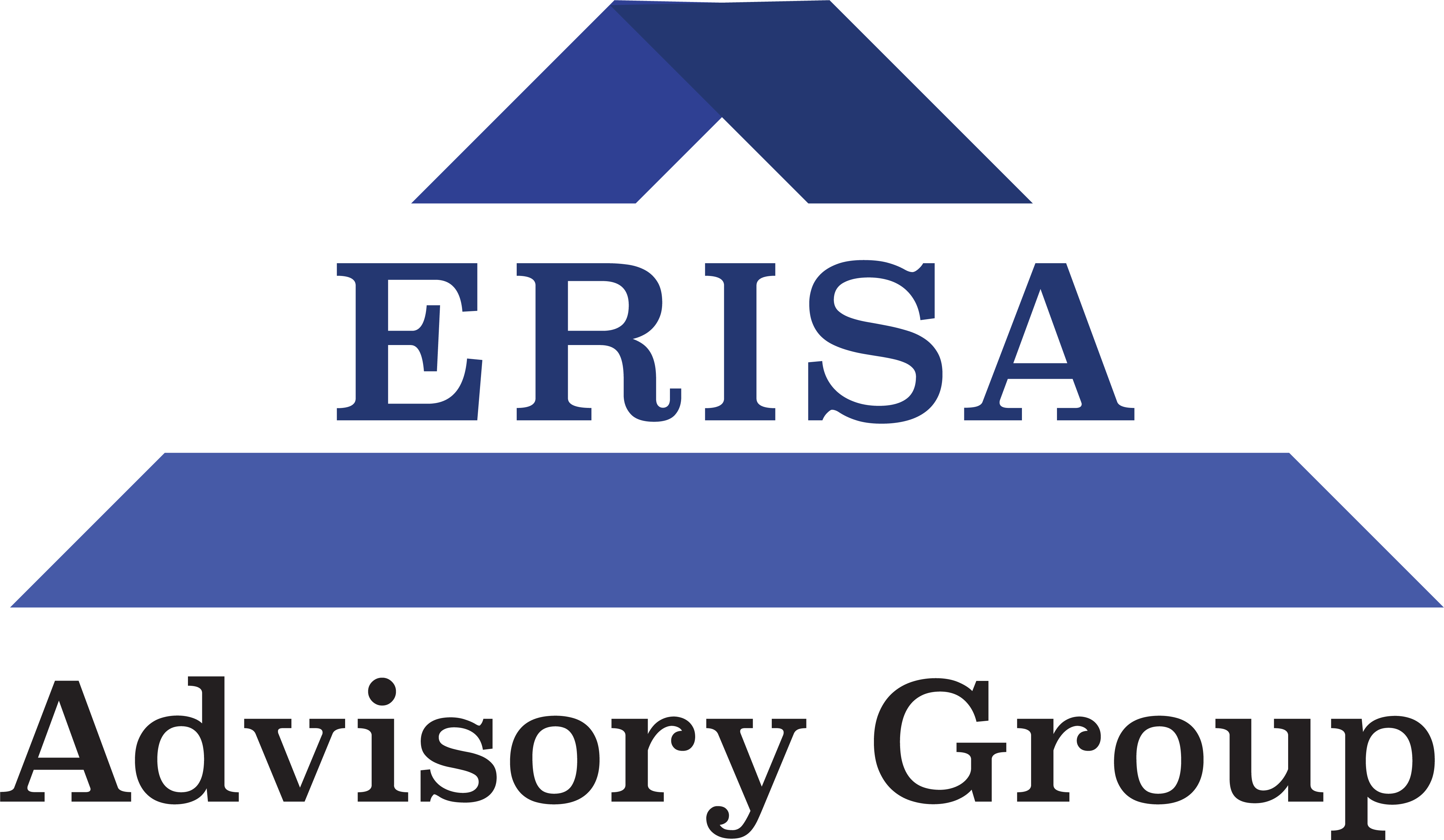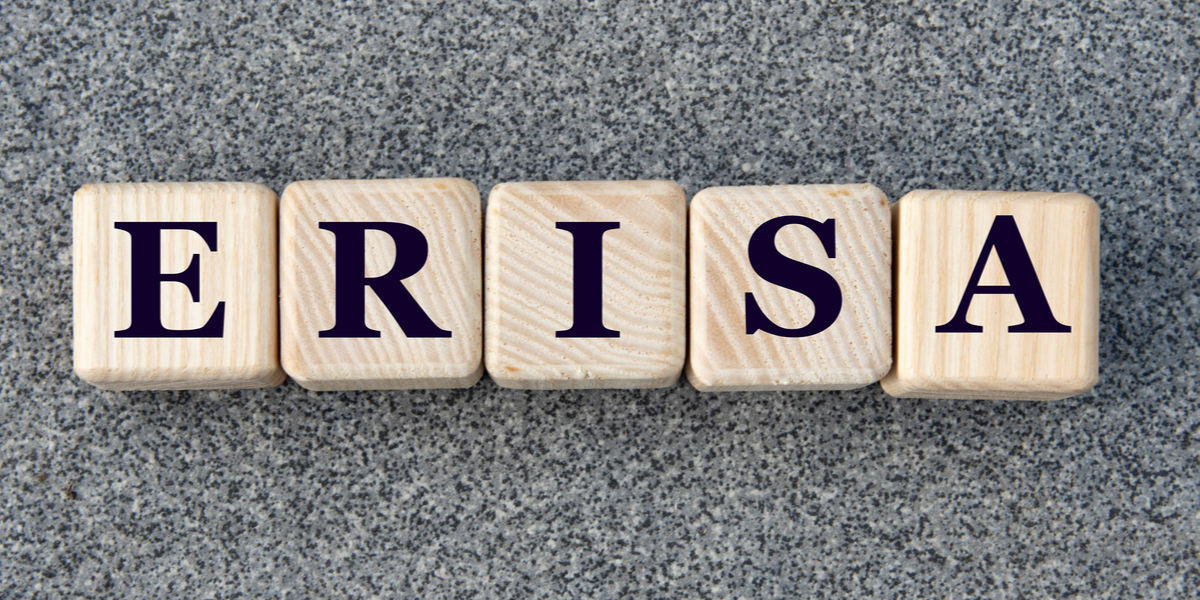ERISA Insider Vol II., Ed. VII: Why We Have ERISA
What is ERISA and why is it important for operating modern Health & Retirement Plans?
Dear Fiduciary,
In this edition of ERISA Insider, we want to take a step back and focus on the fundamentals.
If your company operates an employee Health & Welfare or Retirement Plan, chances are you’ve heard of ERISA.
While the terms “ERISA” and “ERISA compliance” are often used when discussing employee benefits, few understand what ERISA is, where it comes from, and how it impacts your plan participants and beneficiaries.
In the paragraphs below, we are going to dive into all these areas and clear up any confusion or misconceptions about the importance of this law.
Let’s start by answering a basic question: What is ERISA?
What is ERISA?
ERISA stands for the Employee Retirement Income Security Act of 1974. This law was passed by congress to establish mechanisms for monitoring and regulating employee benefit plans for a modern workforce.
ERISA covers three key areas, starting by dividing plans into two categories:
- Health & Welfare Plans – these are plans dealing with employee health benefits (e.g., health insurance, dental and vision)
- Qualified Retirement Plans – these are plans dealing with retirement benefits and investments, such as those in a 401(k) profit share or defined benefit plan
Next, it establishes rules for companies to report their plan financials to the US Department of Labor and the IRS.
Finally, it defines enforcement mechanisms for holding plan fiduciaries accountable for making “prohibited transactions” spelled out in the law.
Its entire purpose is to ensure that plan sponsors and fiduciaries follow the Fiduciary Rule: ‘Fiduciaries must put the interests of plan participants & beneficiaries above their own’.
To fully grasp why we have this body of law and the various requirements for fiduciaries, it will be useful to explore a brief history of how ERISA came to be.
Why Congress Passed ERISA In 1974
In the decades preceding the passage of ERISA, many employers designed health plans and retirement plans in a way that was more beneficial for certain individuals in their company, rather than all of the employees.
One example of such a practice was having a 20 year cliff vesting rule as part of a retirement plan. Essentially, employers could require that an employee work for the company for 20 years before he or she would be entitled to receive retirement benefits.
During those 20 years, the employer would make contributions to the plan on the employee’s behalf. However, if the employee was terminated or decided to leave the company even just one year shy of 20, she would be 0% vested in that plan and could not receive any benefits.
Unfair practices and abuses such as this led congress to work on a bill that would address the numerous problems with both health plans and retirement plans.
Their ultimate goal was to pass a law that would ensure these plans were designed to truly benefit the interests of participants and their beneficiaries, while stopping employers from taking advantage of their employees. That law is what we know today as ERISA.
How ERISA Is Structured
ERISA consists of four Titles that lay out fiduciary standards, set rules for reporting plan financials to the government, and task different agencies with enforcing compliance.
Here is a brief summary of what these Titles require under the law:
Title I – deals with fiduciary standards and fiduciary obligations. This Title is enforced by the US Department of Labor and led to the establishment of the Employee Benefit Security Administration (EBSA).
The EBSA is the agency tasked with auditing ERISA plans to uncover and identify potential compliance problems. During EBSA audits, investigators will look at plan documents for prohibited transactions and may assign fines, penalties and excise taxes to plan fiduciaries for being out of compliance.
Title II & Title III – deal with the tax qualifications and tax aspects of your health plan or retirement plan. These aspects are enforced by a special division of the IRS called the Employee Plans Division.
This division regularly reviews plan documents to ensure that their information is updated in a timely manner, including amendments that may affect the plan’s tax status.
Their main focus is to make sure the deductions that each company is taking in regard to their plan falls within the IRS’s tax compliance standards.
Title IV – deals specifically with defined benefit plans. This Title is enforced by a public corporation called the Pension Benefit Guaranty Corporation (PBGC).
The PBGC is the organization that will take over a large defined benefit plan if it becomes underfunded, and make sure its participants are paid out.
For a full breakdown of the law and up to date information about best practices for fiduciaries, you can read more on the Department of Labor’s ERISA database.
Key Takeaway: ERISA Established New Fiduciary Standards
As we now know, ERISA’s primary purpose is to ensure employees and their beneficiaries’ interests are protected from unfair practices and abuse by their employers.
This means as fiduciaries, we are held to the highest standard when making decisions on behalf of our organization’s health or retirement plan.
The DOL and IRS are constantly monitoring plans both small and large for potential compliance problems, and as a fiduciary you will be held personally liable for any issues uncovered during a government audit.
That’s why we always say it’s best to be proactive instead of reactive when it comes to ERISA compliance, and get ahead of identifying potential problems with your plan before you receive an audit letter.
Consult An ERISA Independent Fiduciary For Help
At the ERISA Advisory Group, we’ve been helping plan fiduciaries keep their Health & Welfare and Qualified Retirement Plans ERISA compliant since 1995.
Our founder and president, William Kropkof, CEBS, was an investigator at the US Department of Labor for 7 years before helping private businesses as an independent fiduciary.
If you have questions about ERISA compliance, or would like an experienced fiduciary to review your plan – schedule a free consultation with us today and we will help you:

